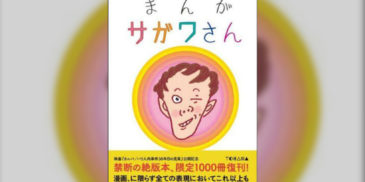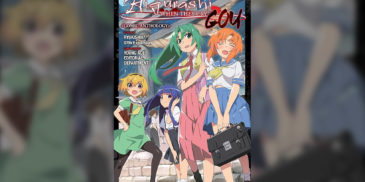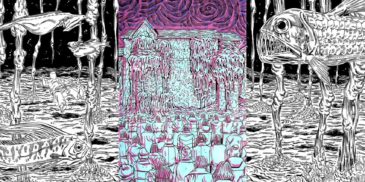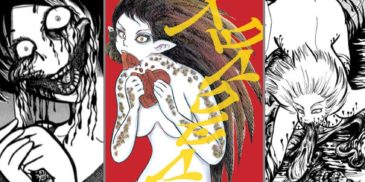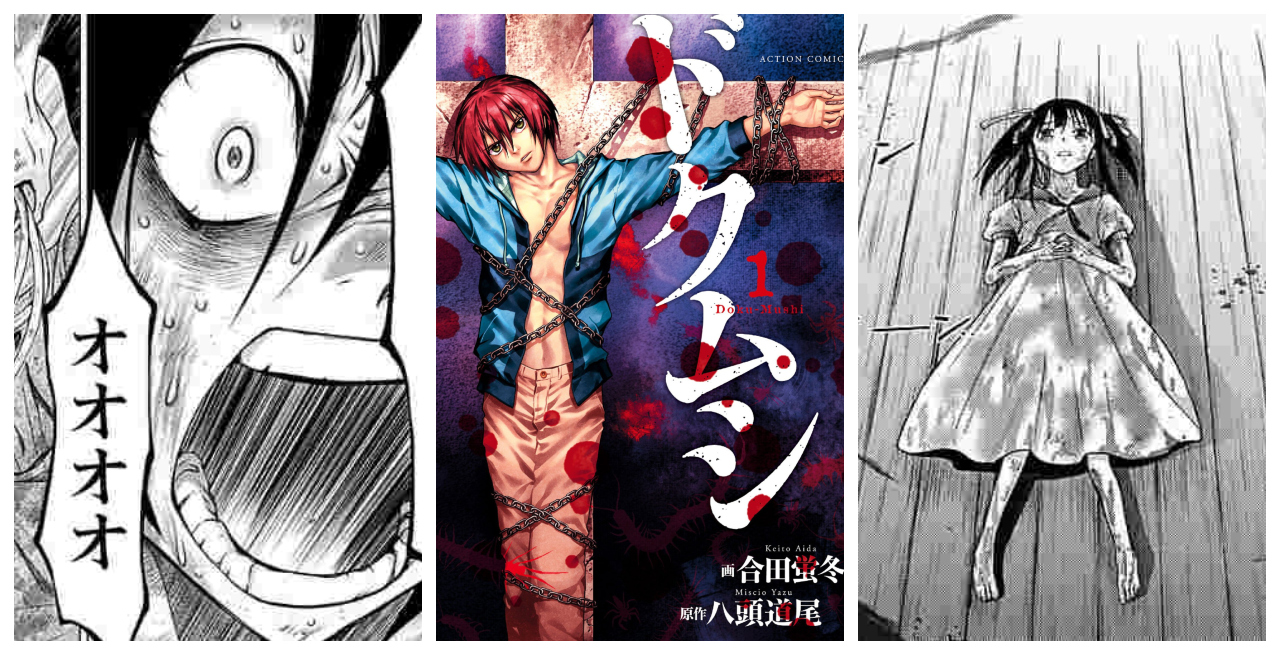
There is something about bad media that can be extremely attractive in some cases. Why The Room is still revered while The Exorcist II is panned? This fine line between so-good-it-is-bad and please-kill-it-with-fire-bad is still baffling. Maybe because we have always tried to make sense of this oddity, we end up being drawn to absolute train wrecks like Dokumushi by Yuzu Miscio.
Also known as Toxic Insects or Killer Instict , this manga is absolutely gross, obscene, and low-tier narrative. However, it is unashamed cheapness makes it not only tolerable but even amusing. We are not here for a good ride, we are here for a hell of a ride, and this manga certainly delivers if you can handle it.
What is Dokumushi about?

Basically, Dokumushi starts like every other death game we have seen before. We have seven people who wake up in an abandoned school: the violent horny punk, the yandere girl, the femme fatale, the occult freak, the lolicon blob, the loli, and our meek generic main character. Every exit is closed, there is no food, and there is only a seven-day timer on the wall. They eventually find a single room covered in plastic, a stove, a pot, and a butcher knife. One of the “contestants” is conveniently aware of what is happening and informs the rest about a practice named Dokumushi. In this ritual, poisonous insects are put together in a flask so they can eat each other. The one remaining will become the most lethal and poisonous creature in the world.
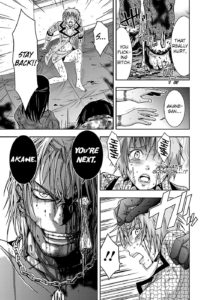
As expected, everyone starts to lose their mind, kill each other, and do abhorrent acts in the middle. This story seriously checks all the edgy manga boxes to a tee. You will get every violent combination with these kinds of characters, who are quite not innocent as they may appear at first. One can have to applaud the commitment of the author to tackiness. Every time you think there was no way the manga could go any lower, it does. It always does.
Is Dokumushi good?
In the end, you do not feel guilty about reading a repugnant story because it is so random and shallow that you cannot perceive any cruelty to it. At the same, as previously mentioned, no one in this game is innocent. Some characters are upfront nasty, but others are more cunning, and they are able to trick us into being on their side. Once we know their backstories, we feel some catharsis even when they are gruesomely disposed of in their own game or by their own flaws. Granted, some characters are more likable than others, but that bar is so low that you do not care too much at the end.

On the other hand, as for the story, probably the author thought he had a big galaxy brain moment by comparing the sins of the characters to poison running through their veins and influencing their behavior. It is a good and original idea, but the lack of skill and tact creates more laughable scenarios than dramatic ones. It is not that they are not enjoyable if this is your kind of story, but you can tell it is more a result of a happy accident because the author really tries to be deep and denounce almost any questionable behavior you can find in our modern society. Does it work? Absolutely no. Still, he created something we can’t stop looking at at the end and that is commendable.
Final thoughts
Tone-deaf and unnecessary violence -unless it is purposefully dumb- usually gets a lot of hate because it cheapens the horror genre. Although Dokumushi falls under this tendency, it is at the same time an anomaly. It is difficult to make the reader cringe, recoil, and laugh at the same time. This accomplishment, as shallow as it may be, gave the manga enough popularity to spawn a live action adaptation in 2016 and a still ongoing sequel named Dokumushi: Ruins Hotel in 2018.
At the end of the day, it does not matter if it is intentional. Neither does it matters that the whole value of this manga is to shock the reader more and more with each chapter. The audience ends up with another partly good-partly bad work to add to their “WTF” media list and that is Dokumushi’s entire legacy.
More Manga Reviews
Handsome Usahara Kunio has no shortage of women falling for him, as a competent career man with a well-tuned physique, all his coworkers are left wondering; why is this catch… Many people may be aware of the name Issei Sagawa as well as the sickening crime he committed in France, in 1981 but many may not be aware of Sagawa’s… Higurashi: When They Cry – GOU Comic Anthology is a 2023 compendium of short stories based on the characters from the original series, featuring an overarching story written by Ryukishi07… There is a strong style of horror that uses whatever we take for granted as safe in life and turns it into a nightmare. However, once I started to read… Soil is a title I have been familiar with for some time, existing as a cult title that had yet to be published in English. Consequently, I had been tempted… Always on the prowl for new horror manga to check out, you sometimes have to browse off the beaten path. Randomly looking into titles lead me to Man Eater by…I’m Not Meat (NSFW) Manga Review – Fighting Those Animalistic Desires
Sagawa-san (2000) Manga – True Crime Manga Written by the Killer
Higurashi: When They Cry – GOU Comic Anthology (2023) Manga Review – A Fun Exploration of the Lighter Side of the Series
Blood in the Tracks Manga Review (2017) : Mommy’s Killer Love
Soil Manga Review – Tainted Ground Invites Cosmic Horror
Man Eater Manga Review – Yosuke Takahasi’s Deadly Obsessions
Hi everyone! I am Javi from the distant land of Santiago, Chile. I grew up watching horror movies on VHS tapes and cable reruns thanks to my cousins. While they kinda moved on from the genre, I am here writing about it almost daily. When I am not doing that, I enjoy reading, drawing, and collecting cute plushies (you have to balance things out. Right?)

